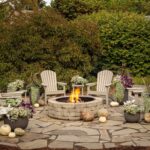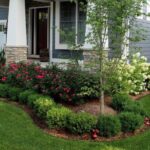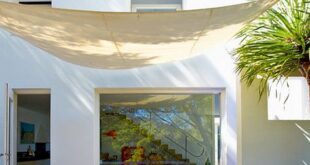Landscaping design plays a crucial role in enhancing the aesthetic appeal of outdoor spaces. Whether it’s a residential garden, commercial property, or public park, a well-planned landscaping design can transform a bland area into a beautiful and inviting space. There are several key elements to consider when creating a landscaping design, including the use of plants, hardscape features, and outdoor structures.
One of the first steps in landscaping design is selecting the right plants for the space. The choice of plants will depend on factors such as climate, soil type, and desired aesthetic. Native plants are often a popular choice, as they are well-adapted to the local environment and require less maintenance. When selecting plants, it’s important to consider factors such as bloom time, height, and color to create a cohesive and visually appealing design.
In addition to plants, hardscape features such as paths, patios, and retaining walls can also play a significant role in landscaping design. These features help to define the space, create focal points, and enhance the functionality of the outdoor area. When designing hardscape features, it’s important to consider factors such as materials, scale, and placement to ensure they complement the overall design of the landscape.
Outdoor structures, such as pergolas, arbors, and gazebos, can also add interest and functionality to a landscaping design. These structures can provide shade, create intimate seating areas, and serve as focal points in the landscape. When incorporating outdoor structures into a landscaping design, it’s important to consider factors such as scale, materials, and placement to ensure they harmonize with the overall design of the space.
Lighting is another important element of landscaping design that can enhance the beauty and functionality of outdoor spaces. Outdoor lighting can create a sense of ambiance, highlight key features, and extend the use of the outdoor area into the evening hours. When designing outdoor lighting, it’s important to consider factors such as light intensity, placement, and energy efficiency to create a cohesive and inviting atmosphere.
Ultimately, landscaping design is a creative process that requires careful planning and consideration of various elements. By incorporating plants, hardscape features, outdoor structures, and lighting into a cohesive design, outdoor spaces can be transformed into beautiful and functional areas that enhance the overall appeal of a property. Whether it’s a small garden or a large commercial property, a well-planned landscaping design can make a significant impact on the overall look and feel of the outdoor space.
















